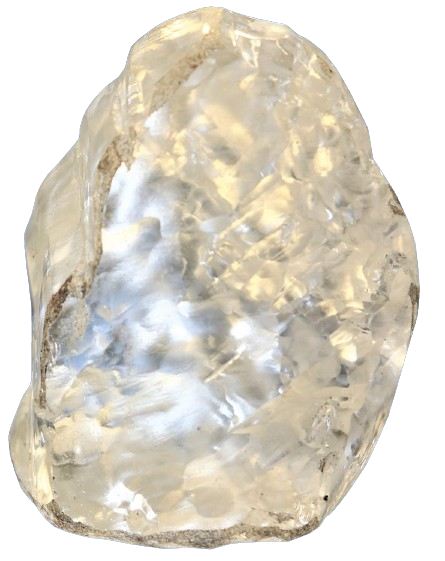Clarity
Clarity refers to the presence of inclusions in a diamond. Inclusions are ranked on a scale of perfection, known as clarity. The clarity scale, ranging from F (Flawless) to Included (I), is based on the visibility of inclusions at a magnification of 10x. Even with a loupe, the birthmarks in the VVS (Very, Very Slightly Included) to VS (Very Slightly Included) range can be very difficult to find. It is only when a diamond is graded 'I' that it is possible to see the birthmarks with the naked eye. The position of inclusions can affect the value of a diamond and you should consider the number, size, brightness, nature and position of inclusions.





